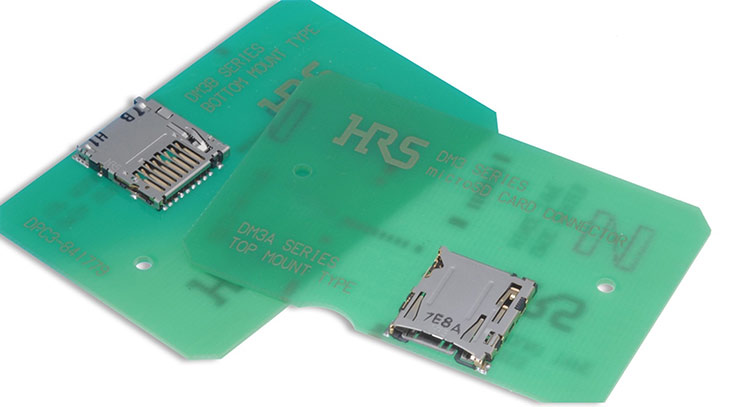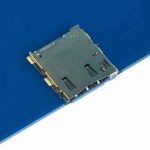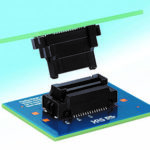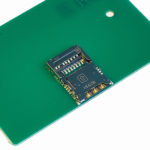Hirose has produced what it is saying is the world’s lowest profile push-push MicroSD connector. Featuring a profile of only 1.15 mm, the miniature DM3NW series MicroSD connector enables smaller consumer electronic designs by reducing the volumetric space by up to 15% compared to competing products on the market.
 The push/push type DM3NW series MicroSD connector is ideal for a wide range of consumer electronic applications including digital cameras, digital video cameras, laptops, printers, smart phones, surveillance cameras, tablets, televisions and more.
The push/push type DM3NW series MicroSD connector is ideal for a wide range of consumer electronic applications including digital cameras, digital video cameras, laptops, printers, smart phones, surveillance cameras, tablets, televisions and more.
It is designed with a card detection switch, which indicates card presence, and card guide to prevent incorrect card insertion. If inserted backwards, upside down and/or at an angle, the card guide firmly stops without entering further inside the connector. The card guide protects contacts from damage during the mating process. The card guide also allows for easy removal if the wrong type of card, like a micro SIM, is inserted, and ensures the connector is not damaged in the process.
Once mated, a card lock mechanism securely holds the MicroSD card firmly in place to offer reliable operation even in rugged applications like consumer electronics. The card lock mechanism has a retention force of 4N, reducing the possibility of the card falling out due to unexpected shock and vibration.
“Designed to meet the needs of consumer electronic OEMs, the DM3NW Series MicroSD card connector combines miniaturization with ruggedization to offer the best of both worlds,” said Bill Kysiak, Product Marketing Manager for Hirose Electric USA. “The connector not only reduces the overall space requirements to help reduce the size of end-devices, but it also offers one of the highest mating cycle ratings on the market for long-term operation.”
The small DM3NW Series card connector is only 15.30 mm long, 13.40 mm wide and 1.15 mm high. The MicroSD card connector has a mating cycle rating of 10,000. The DM3NW Series has an operating temperature range of –30° to 85° C, a rated current of 0.5 A and a rated voltage of 10 V.
Hirose Electric Co. Ltd.
www.hirose.com/us






Leave a Reply
You must be logged in to post a comment.